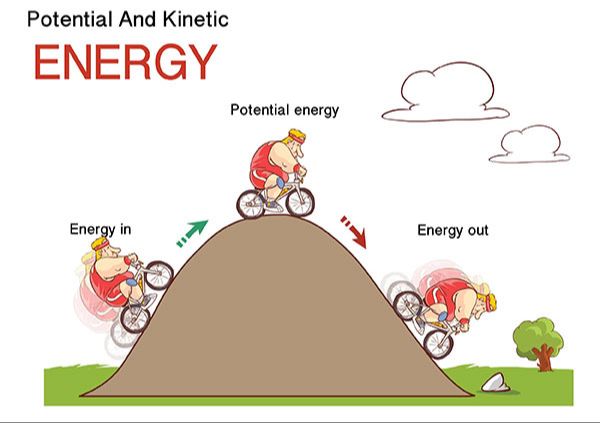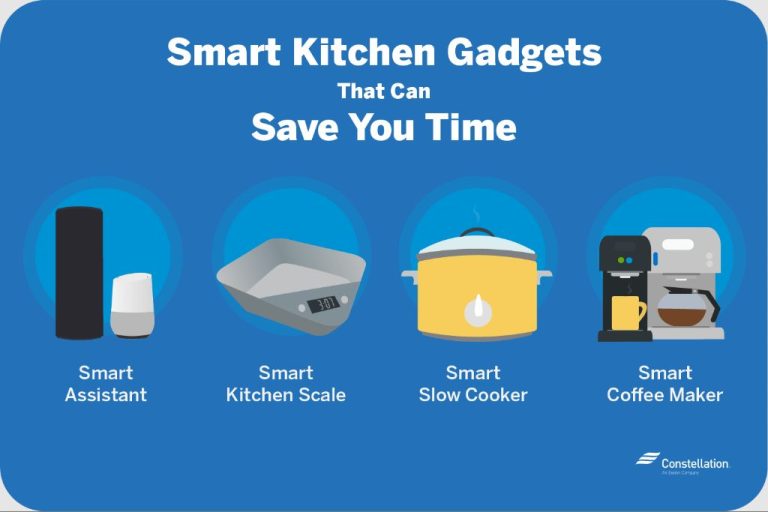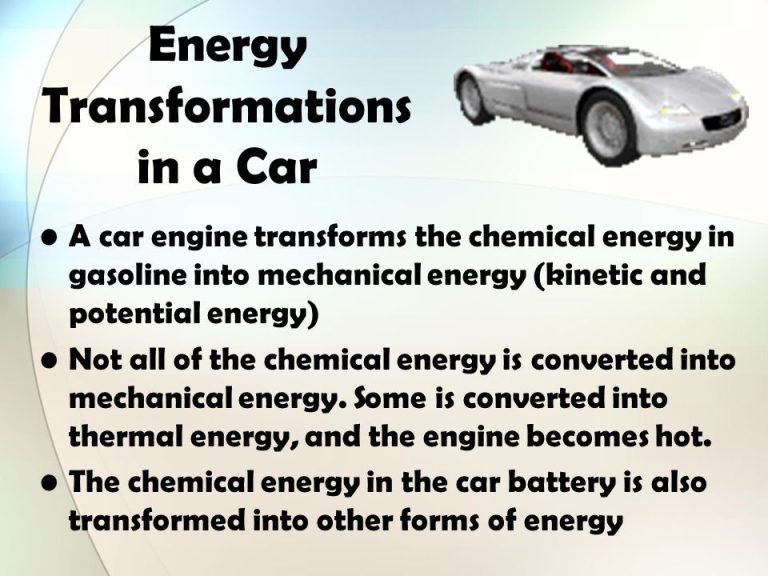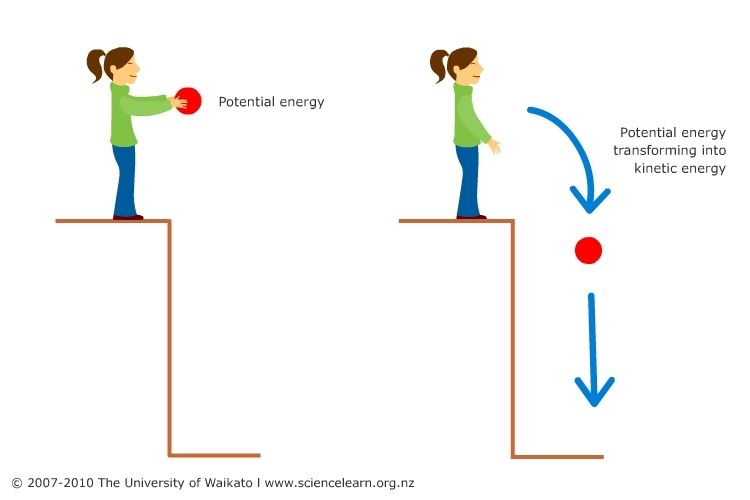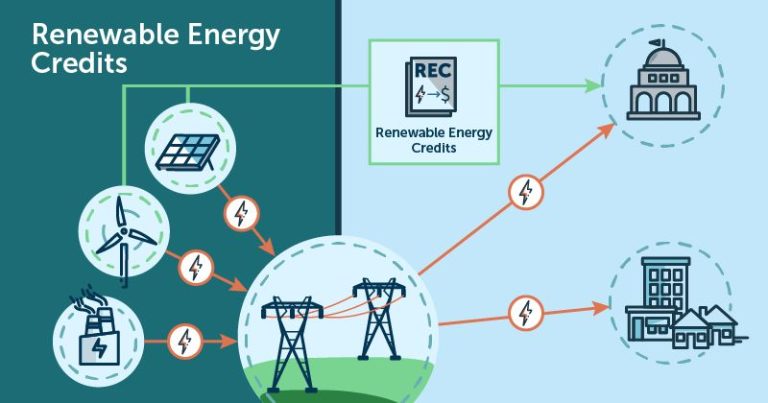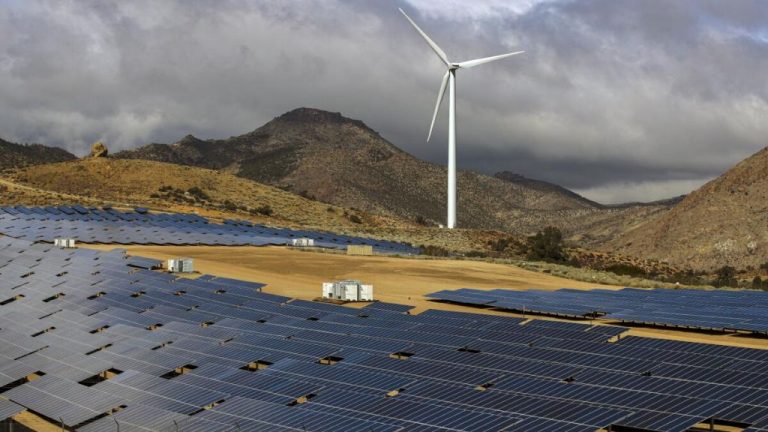What Is Sustainable Energy Use In Buildings?
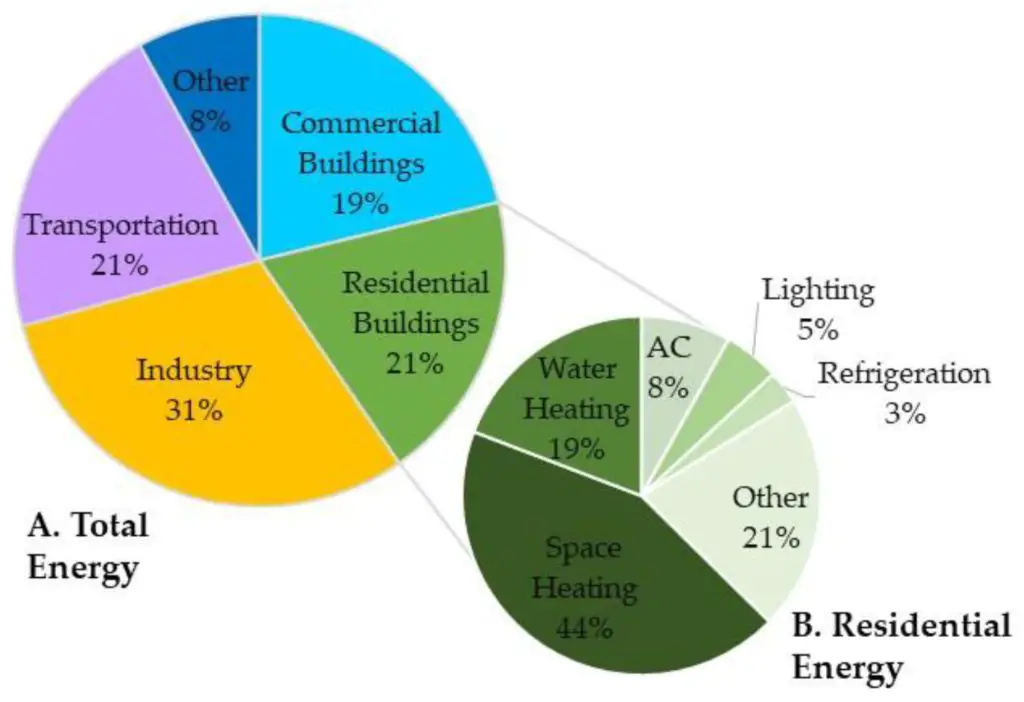
Sustainable energy use in buildings refers to reducing overall energy consumption and utilizing renewable energy sources to power building operations. This is an important topic as the building sector accounts for nearly 40% of global energy consumption and 30% of energy-related greenhouse gas emissions. Implementing sustainable practices can significantly reduce environmental impacts. Key aspects to cover include reducing energy demand through efficiency measures, generating onsite renewable energy, obtaining green building certifications, achieving net zero energy status, retrofitting existing buildings, installing smart automation systems, and changing occupant behavior. Sustainable building practices require collaboration between stakeholders to enact supporting policies and incentives. This article provides an overview of strategies and technologies for transitioning to more sustainable energy use in buildings.
Reducing Energy Consumption
There are several strategies that can help reduce the energy consumption in buildings including:
Insulation – Adding insulation to walls, floors, attics, basements and crawlspaces helps reduce heat transfer and improve the building envelope’s efficiency. Increased insulation levels can reduce heating and cooling costs by preventing conditioned air from escaping (https://patents.google.com/patent/US20190235459A1/en).
Window glazing – Installing energy efficient windows with double or triple pane glass and low-emissivity coatings helps improve insulation. Tightly sealed windows prevent air leaks (https://faolex.fao.org/docs/pdf/est199996.pdf).
Efficient appliances – Using ENERGY STAR certified appliances and LED lighting reduces electricity usage. Smart technologies like occupancy sensors also help reduce energy waste.
Other tactics like passive solar design, shade trees, window shades, programmable thermostats, and upgrading HVAC equipment improve efficiency. Following best practices for insulation, windows, and appliances are key energy reduction strategies.
Renewable Energy
Buildings can utilize renewable energy sources like solar, wind, and geothermal to reduce their reliance on fossil fuels. Solar panels on rooftops or nearby land generate electricity from sunlight. Small wind turbines can also generate electricity, especially in windy areas (Mohammadi). Geothermal heat pumps use the stable temperatures underground to provide heating and cooling more efficiently than conventional HVAC systems (Savolainen).
Solar panels are one of the most visible and familiar forms of renewable energy for buildings. Panels can be mounted on rooftops, awnings, or the ground. The electricity generated offsets grid electricity usage. Any surplus power may even be sold back to the utility. Solar panels have become much more efficient and affordable in recent years.
Small wind turbines can utilize wind resources, especially in rural areas or along the coast. Their height allows them to capture stronger winds above roof level. The spinning blades turn a generator to produce electricity. However, turbines may not be suitable in dense urban areas due to lower wind speeds and turbulence.
Geothermal heat pumps use the constant 50-60°F temperature of the ground several feet below the surface. The pumps transfer heat between the building and ground to provide heating, cooling and hot water. This allows them to operate at 300-600% efficiency compared to conventional heating and cooling systems. Geothermal systems can dramatically reduce a building’s energy use and carbon footprint.
LEED Certification
LEED (Leadership in Energy and Environmental Design) is a globally recognized symbol of sustainability achievement and leadership for green buildings. It provides a framework to create healthy, highly efficient, and cost-saving green buildings. The LEED rating system was developed by the U.S. Green Building Council (USGBC) and covers the design, construction, maintenance and operation of buildings.
There are four levels of LEED certification that a project can achieve – Certified, Silver, Gold and Platinum. These are awarded based on the number of points a project earns across several categories like sustainable sites, water efficiency, energy performance, materials and resources, indoor environmental quality, innovation in design and regional priority.
To earn LEED certification, building projects must satisfy prerequisites and earn points. The more points earned, the higher the level of LEED certification achieved. The process involves integrated design, construction, and a performance period followed by a third-party review and certification. There are different rating systems for different types of buildings like New Construction, Major Renovation, Core & Shell, Schools, Retail, Healthcare, Data Centers, Hospitality, Warehouses & Distribution Centers, and more.
Overall, LEED certification provides assurance that buildings are designed and operated to achieve high performance in key areas like energy savings, water efficiency, CO2 emissions reduction, improved indoor environmental quality, stewardship of resources, and sensitivity to environmental impacts. It benefits not just the environment, but also the people who live and work in LEED certified buildings.
Source: https://www.rts.com/resources/guides/what-is-leed-certification/
Net Zero Energy Buildings
A net zero energy building (NZEB) is a building with greatly reduced energy needs through efficiency gains such that the balance of energy needs can be met by renewable technologies (1). The whole-building energy performance is under a very low annual energy cost per square foot without fundamentally compromising functionality–encompassing modest energy costs for building operations as a whole (2).
Some example net zero energy buildings include:
- Bullitt Center in Seattle, WA – One of the greenest commercial buildings in the world, it is powered by rooftop solar panels. Rainwater is collected and used for flushing toilets and urinals (1).
- Robert Redford Building at Sundance Mountain Resort in Utah – It uses geothermal heating and cooling, maximizing daylight, minimizing heat gain and heat loss. Solar panels provide all electricity needs (2).
- Pixel Building in Australia – It generates all of its energy requirements from a rooftop photovoltaic system. Excess energy is fed back into the grid (1).
Net zero buildings balance energy needs with energy generation over the course of a year, resulting in no net energy draw from external sources (2).
Sources:
(1) https://www.wbdg.org/resources/net-zero-energy-buildings
(2) https://en.wikipedia.org/wiki/Zero-energy_building
Retrofitting Existing Buildings
Retrofitting existing commercial and residential buildings to improve their energy efficiency is a key strategy for reducing energy usage in the built environment. Older buildings often have poor insulation, inefficient heating/cooling systems, and outdated appliances and lighting. According to one source, retrofitting commercial buildings with upgrades like building automation systems can enhance energy efficiency by 10-30%.
Some common retrofitting upgrades that can significantly improve energy efficiency include:
- Adding insulation in walls, roofs, floors, and foundations
- Upgrading to ENERGY STAR certified heating and cooling systems
- Replacing old windows with new double or triple pane energy efficient windows
- Upgrading lighting to LED bulbs and installing occupancy sensors
- Installing variable speed drives on motors, pumps, and fans
- Upgrading to programmable and smart thermostats
- Improving air sealing to prevent air leaks
According to one analysis, retrofitting existing commercial buildings is a top priority globally for improving energy efficiency. With proper upgrades and maintenance, retrofitting existing building stock can significantly reduce energy usage and costs.
Smart Building Automation
Smart building automation utilizes technology to automatically control lighting, HVAC systems, and other equipment to improve energy efficiency. One key technology are occupancy sensors. These detect motion and adjust lighting and HVAC accordingly. When a room is occupied, the systems turn on. When motion stops for a set period, indicating the room is vacant, the systems automatically switch off or into an energy-saving standby mode. This prevents energy waste from lights and climate control left running in empty rooms. Studies have shown occupancy-based lighting controls can reduce lighting energy usage by 51-87% in offices and classrooms (https://www.ncbi.nlm.nih.gov/pmc/articles/PMC4118407/).
Automated HVAC controls also play a major role. Smart thermostats with scheduling, presence detection, and algorithms to optimize start-up and ramp-down can reduce HVAC energy use by 10–30% (https://www.buildings.com/smart-buildings/article/33018617/is-ai-an-energy-efficiency-game-changer-for-older-buildings). Overall, smart building automation with networked sensors and controls provides significant energy savings compared to manual operation of lighting, climate control, and other systems.
Behavior Change
Getting occupants to reduce their energy use is crucial for sustainable buildings. Studies show that occupant behavior can have a significant impact on building energy consumption. For example, one study found over a 30% variation in energy use across identical homes due solely to differences in occupant behavior (https://search.proquest.com/openview/04265f7533dfaca6e60b14c64f6529d2/1?pq-origsite=gscholar&cbl=18750&diss=y).
To encourage energy conservation, building managers can provide occupants with information and feedback on their energy use. Simple solutions like putting up signs reminding people to turn off lights or unplug devices when not in use can be surprisingly effective. More advanced systems using smart meters, sensors, and real-time energy use displays can also motivate reductions in energy consumption through visibility and competition.
Ultimately, getting occupants invested in sustainability goals is key. Engaging people through competitions, incentives, and tying energy use to cost savings can encourage sustainable behaviors and long-term reductions in energy consumption.
Policy and Incentives
Government policies and incentives play a key role in promoting sustainable building practices. Building codes, tax incentives, and rebates can encourage developers, owners, and occupants to implement energy efficiency and renewable energy in new and existing buildings.
Building codes set minimum requirements for energy efficiency in new construction and major renovations. For example, ASHRAE Standard 90.1 establishes baseline energy standards for commercial buildings in the United States (Handbook of Sustainable Building Policies, 2016). Many jurisdictions have adopted stricter codes or developed their own “green” building codes with heightened efficiency requirements, such as California’s Title 24 and the International Green Construction Code (IGCC).
Financial incentives like tax credits, rebates, and preferential financing rates can offset the higher upfront costs associated with green buildings. The federal government offers Commercial Buildings Energy Efficiency Tax Deduction for investments in energy-efficient building systems (Identifying Public Policies to Promote Sustainable Building, 2021). Many state and local governments provide additional incentives for renewable energy, energy efficiency, and green building certification programs like LEED (P.A.E.S. Project and Housing Policies for Sustainable Buildings, 2018).
Conclusion
Sustainable energy use in buildings is crucial for reducing greenhouse gas emissions and mitigating climate change. As outlined in this article, there are many ways to improve the sustainability of both new and existing buildings.
Key points covered include reducing overall energy consumption through efficiency measures; generating renewable energy on-site with solar panels or other technologies; pursuing green building certifications like LEED; constructing net zero energy buildings that produce as much energy as they consume; retrofitting existing buildings to be more efficient and sustainable; implementing smart automation systems to optimize energy use; and promoting behavior change among occupants.
Policy incentives like tax rebates, zoning allowances, and building codes that require energy efficiency are also critical to driving adoption. There are many cost-effective ways to reduce the environmental impact of buildings. The leading strategies should be implemented rapidly, at scale, to help create a carbon neutral built environment.
To recap, individuals and organizations should take actions such as conducting energy audits, upgrading to energy efficient systems, installing renewable energy, pursuing green building certification, and advocating for supportive policies. Collective action across the building sector is vital for transitioning to sustainable energy use and meeting climate goals.

